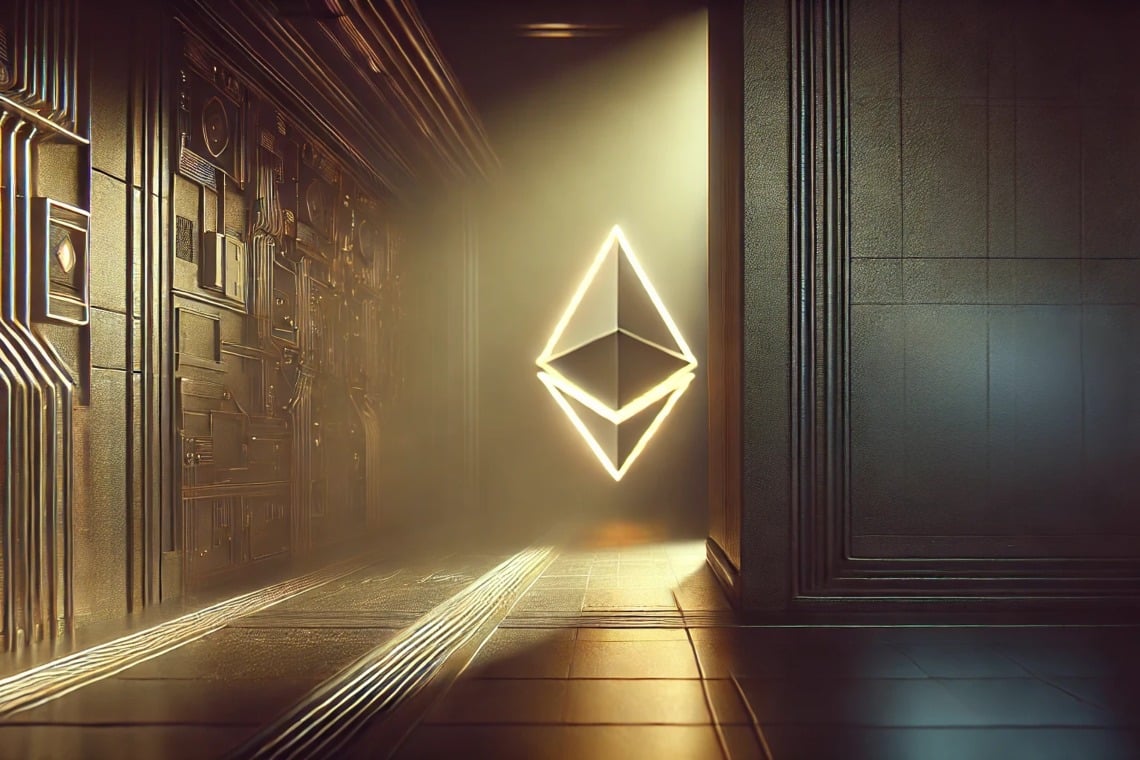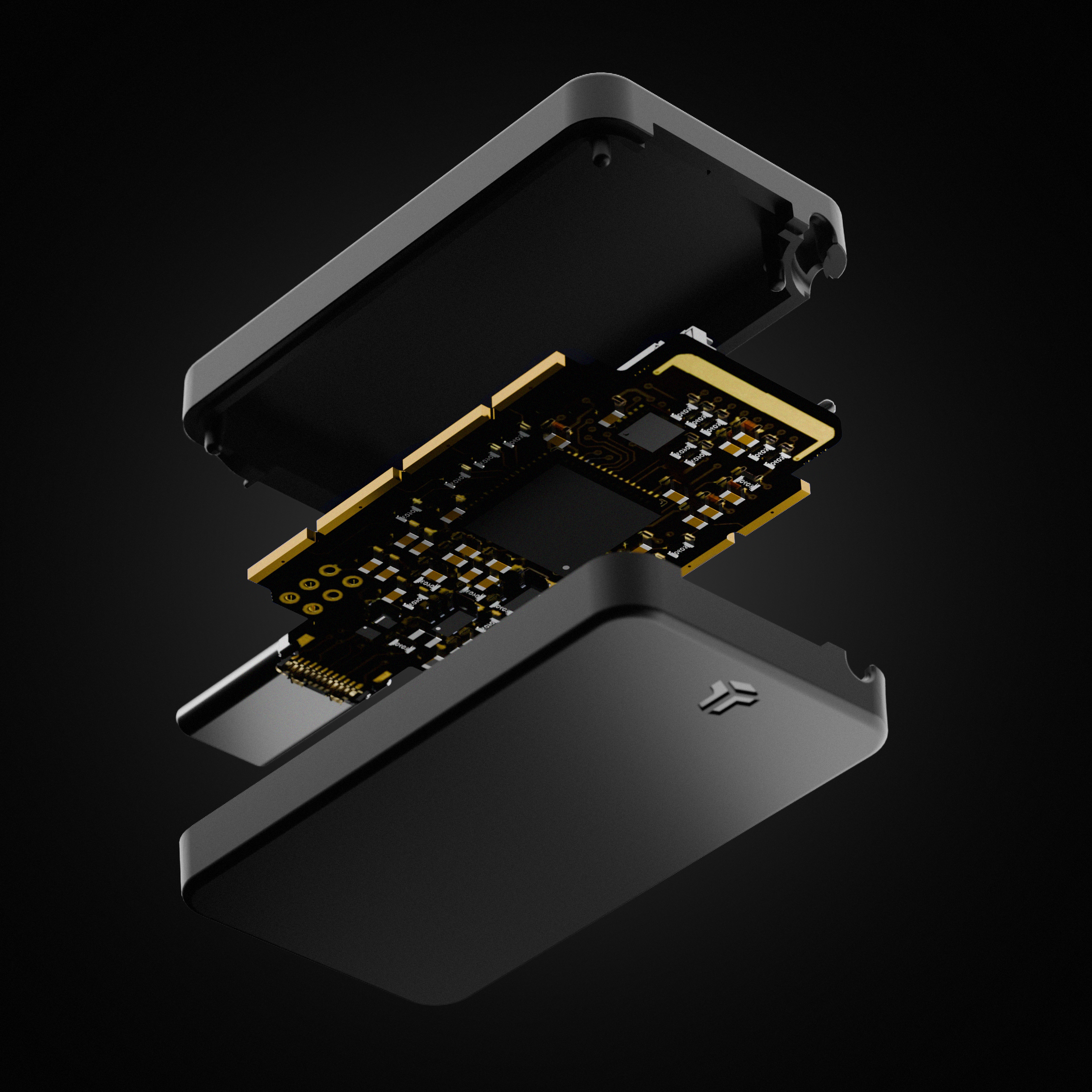Base denies the accusations regarding the sale of ETH by the Coinbase sequencer

In recent days, rumors have circulated that Coinbase, through its Layer-2 Base scalability solution, had sold Ethereum (ETH) accumulated by the network’s sequencer. However, a member of the Base team categorically denied these claims, clarifying the operation of the sequencer and the fate of the collected fees. In this article, we analyze the issue, the technical operation of the sequencer, and the implications for users. The accusations against Base and Coinbase regarding the sale of ETH (Ethereum) Speculations arose from observations on the transaction structure of the Base network, which led some analysts to hypothesize that the sequencer was converting the fees collected into ETH to then sell them. This theory raised concerns among users, fueling doubts about the transparency of resource management by Coinbase. The idea that a centralized infrastructure like the sequencer could accumulate and sell ETH has raised concerns, especially in an ecosystem that aims for decentralization. However, the Base team has provided a clear explanation to dispel any doubts. Coinbase: how does the Base sequencer work? To better understand the issue, it is essential to analyze the role of the sequencer in the Layer 2 network. The sequencer is responsible for collecting transactions, sorting them, and sending them to the blockchain di Ethereum for finalization. This process ensures greater efficiency and reduces costs compared to direct transactions on the mainnet di Ethereum. A key aspect of the sequencer’s operation is the management of commissioni di transazione. When a user performs an operation on Base, they pay a fee that is collected by the sequencer, in this case Coinbase. However, according to the Base team, these commissioni are not converted into ETH to be sold, but are used to cover the operational costs of the network and to fund the sustainability of the infrastructure. The official response from Base A member of the Base team dismissed the accusations, explaining that the fees collected by the sequencer are not sold on the market. On the contrary, they are used to pay the gas necessary to finalize the transactions on the Ethereum mainnet. This statement clarifies that the sequencer is not making profits from the sale of ETH, but is simply managing the resources necessary to keep the network operational. Furthermore, the team emphasized that Base is committed to ensuring transparency and providing regular updates on the functioning of the network. Implications for users and for decentralization This event raises a broader issue about the centralization of the sequencer in Layer 2 systems. Currently, many scalability solutions on Ethereum, including Base, use a centralized sequencer, which implies that a single entity has control over the collection and ordering of transactions. Although this configuration improves efficiency and reduces costs, some members of the crypto community believe it represents a risk in terms of censorship and centralized control. However, the Base team has reiterated its commitment to greater decentralization in the long term, exploring solutions that can distribute the control of the sequencer. “`html Conclusions “` The accusations regarding the alleged sale of ETH by the Base sequencer have proven to be unfounded, according to the team. The fees collected are used exclusively to cover transaction costs on the Ethereum mainnet, without any speculative conversion. This story highlights the importance of transparency in Layer-2 solutions and raises questions about the need for greater decentralization of sequencers. As technology evolves, it will be crucial to find a balance between efficiency and distribution of control, to ensure a more secure and reliable ecosystem for all users.


